Documents and Photos Related to Livingston College’s 50th Anniversary and Beyond
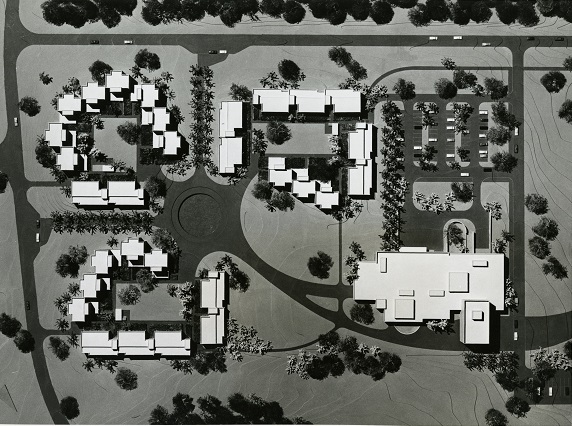 — A short history of Livingston College, from its planning in 1965 to its final commencement in 2010, is available on another page on this site.
— A short history of Livingston College, from its planning in 1965 to its final commencement in 2010, is available on another page on this site.
— Several authors have written about Livingston College’s history in both popular and scholarly works. See a selected bibliography.
— For a list of student yearbooks produced during Livingston College’s history, including links to cover-to-cover online versions of the yearbooks, please see this page.
In addition to the yearbooks, handbooks, newspapers and other publications and documents from Livingston College, scanned by the Internet Archive, are available.
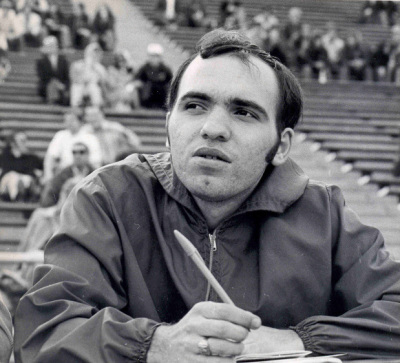 Many of the materials are from the collection of Louis T. Economopoulos (pictured at left), a 1973 graduate of Livingston College.
Many of the materials are from the collection of Louis T. Economopoulos (pictured at left), a 1973 graduate of Livingston College.
— Kenneth Lew has included a few Livingston College documents within his collection of publications and other documents on New Brunswick and Rutgers history. The Livingston College items are:
* Livingston College – Admission to the University in New Brunswick, New Jersey (1971). (The 1969 and 1970 editions of the same document are available in LAA’s collection hosted by the Internet Archive.)
* To Members of the Class of 1983 (March 1, 1979)
* Dear Freshman (May 12, 1979)
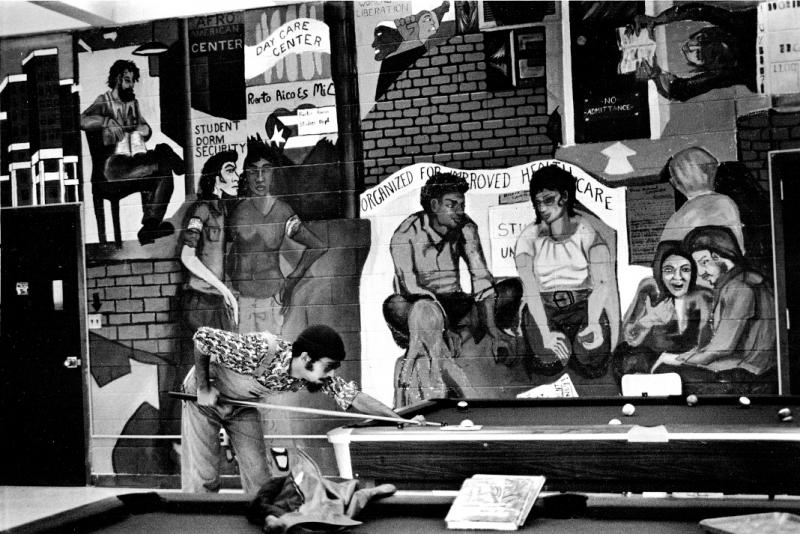 — Rutgers’ Special Collections and University Archives (held within Alexander Library on the College Avenue campus in New Brunswick) holds numerous documents on Livingston College’s history. Note that the documents themselves are available for review in person only at the library. Among the relevant Livingston College documents are:
— Rutgers’ Special Collections and University Archives (held within Alexander Library on the College Avenue campus in New Brunswick) holds numerous documents on Livingston College’s history. Note that the documents themselves are available for review in person only at the library. Among the relevant Livingston College documents are:
— The Penn State University (PSU) Libraries website DOES offer online access to some documents related to Livingston College’s history, via the Horowitz Transaction Publishers Archive.
In August 2006 the Historical Collections and Labor Archives (HCLA) division of the Special Collections Library of the PSU acquired the corporate archives of Transaction Publishers, a gift of Dr. Irving Louis Horowitz, chairman of the board of Transaction Publishers and the Hannah Arendt Distinguished University Professor (Emeritus), Department of Sociology, Rutgers, the State University of New Jersey.
Top photo: A model showing the three Quads dorms and Tillett Hall. Frank Grad and Sons, Architects, 1965–70, photo dated April 20, 1966. The quads were reinterpretations of the quadrangular colleges of Oxford and Cambridge, broken up into smaller volumes along each side. The shape creates an intimate outdoor courtyard. Source: R-Photo, Buildings and Grounds, Box 33, Livingston College, Architectural Model folder, as published in the article, The early years of Livingston College, 1964–1973: Revisiting the “college of good intentions.” Courtesy of Rutgers University Libraries, Special Collections and University Archives.
Center photo: Louis T. Economopoulos (LC’73), covering Rutgers lacrosse as a reporter for The Home News in 1973.
Bottom photo: Student playing pool at the Livingston student union, 1978. The current Livingston Student Center opened in 1986 and was expanded in 2010. Tillett Hall was the previous home of student activities, including the dining hall and pub.



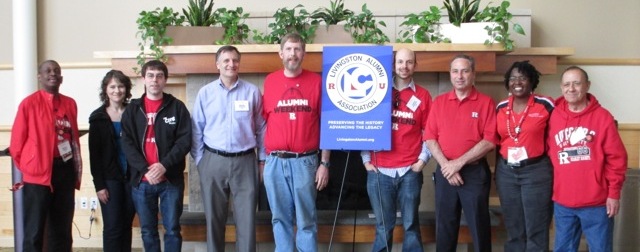



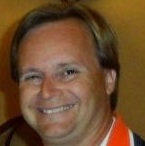























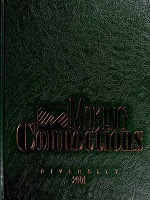






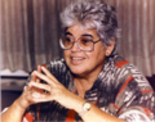
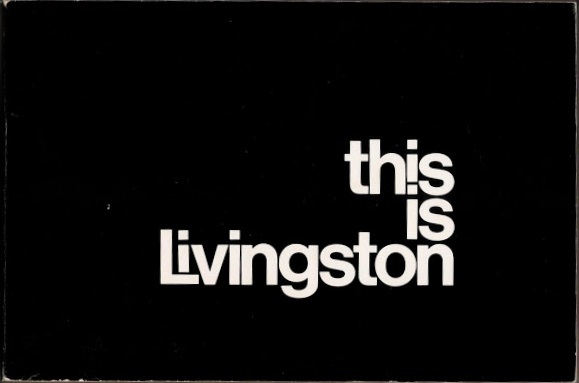 We have shown, unmistakably that a College within a university can contribute to the highest levels of scholarship, research, and instruction of a university, while at the same time it can meet the educational needs of a broadly heterogeneous student body — the needs of black and Puerto Rican, the needs of the poor as well as the rich, the needs of the sons and daughters of working-class parents as much as those of the progeny of merchants and bankers — the needs as well of older and of part-time students as much as those of younger, and full-time ones.
We have shown, unmistakably that a College within a university can contribute to the highest levels of scholarship, research, and instruction of a university, while at the same time it can meet the educational needs of a broadly heterogeneous student body — the needs of black and Puerto Rican, the needs of the poor as well as the rich, the needs of the sons and daughters of working-class parents as much as those of the progeny of merchants and bankers — the needs as well of older and of part-time students as much as those of younger, and full-time ones.